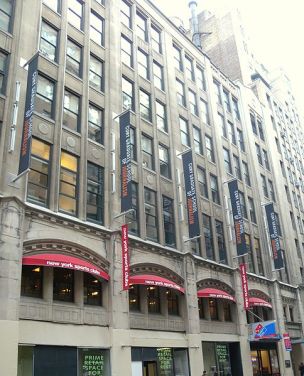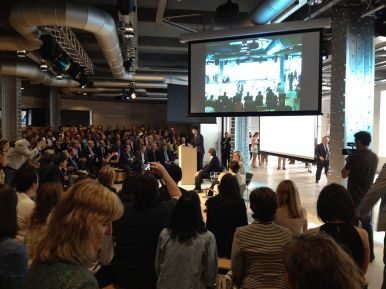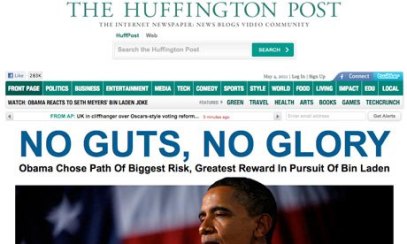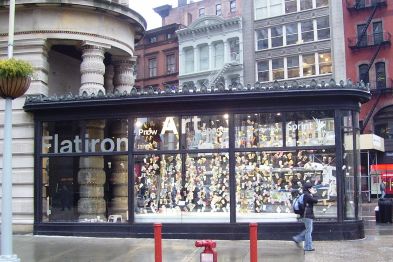Despite controversies with Google Glass and other augmented reality products, New York City is embracing and showcasing the technology as part of its daily life. In the past few months, visionary applications have been launched to cater to both the local and tourist market, providing a futuristic dimension to this great city.
New York City’s Time Travelling Glass Elevator
Following the reopening of The World Trade Centre last November, on May 29 this year the observatory on Level 102 opened. Key to the journey to the deck is a 47-second elevator which, as it rises takes passengers on a virtual tour of the development of New York City. This augmented reality presents like a time travelling glass elevator till it arrives on the 102nd floor.
One World Trade Centre, 2014, source: Wikimedia Commons
Interactive Art Trumps Graffiti
The MetroCard is a familiar and daily fixture in the lives of New Yorkers. With the mundane of the everyday subway commute, a clever app has been launched this year, Metro AR-T turning them into interactive pieces of art when hovered over an IPhone. The project was a collaboration between New York based artists and app developers.
This simple MetroCard turns into a digital art gallery, source: Wikimedia Commons
The Subway’s Tunnel Vision
An app to capture the daily activity of the subway has been developed by a New York student, Bill Lindmeier. Named Tunnel Vision, it creates animated and interactive map visualisations based on New York’s subway system.
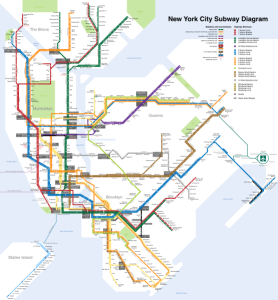
New York City subway comes to life source: Wikimedia Commons
Tunnel Vision was developed based on the existing analog map, overlaid with data accessed from NYC Open Data, and enables users to see which stations are likely to be the most crowded as well as where in the system their train is, simply by pointing their iPhone at a subway map, amidst other features.
Despite the hostility of the adoption of augmented technology associated with Google Glass, NYC has embraced it, and found unique ways to enhance and improve the lives of its residents and visitors.
Words by Katrina Savell




 Source: Wikimedia Commons
Source: Wikimedia Commons

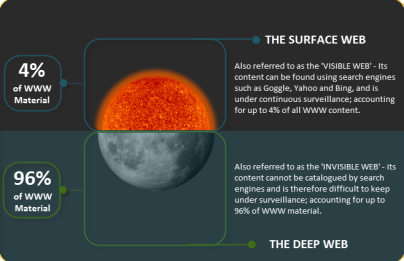
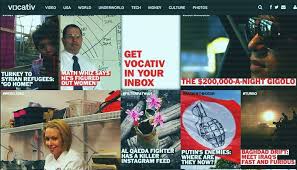






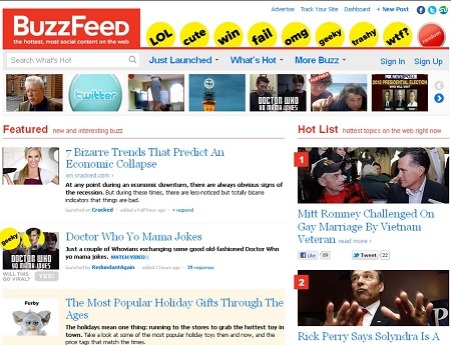 To illustrate, as opposed to only seeing that a story received a certain amount of tweets, Facebook shares and
To illustrate, as opposed to only seeing that a story received a certain amount of tweets, Facebook shares and 








